Uttar Pradesh Switch to Hindi
Kathak Dancer Kumudini Lakhia Passed Away
Why in News?
On 12th April 2025, Kathak artist and choreographer Kumudini Lakhia passed away at the age of 95 due to age-related illness at her residence in Ahmedabad.
Key Points
- About Kumudini Lakhia :
- Kumudini Lakhia , also known as "Kumiben" , was among the artists who . blended modern expressions, techniques, and themes with the classical essence of the traditional dance form.
- She was born on 17 May 1930 in Ahmedabad (Gujarat) in a music-loving family.
- She received her initial training in Kathak dance from Pandit Sundar Prasad of the Jaipur Gharana .
- She also took training from the great dancer Pandit Shambhu Maharaj of the Lucknow Gharana.
- During her training she also got the opportunity to work with Pandit Birju Maharaj, which further enriched her dance vision.
- She exhibited her art not only in India but also in countries like Europe and the United States .
- Establishment of Kadamba
- In 1964 she founded the "Kadamba Dance and Music Center" in Ahmedabad . Through this center she trained a new generation of Kathak dancers.
- Awards and Honors
- Sangeet Natak Akademi Award (1982): Honour given by India's National Academy for contribution to classical dance .
- Padma Shri (1987): Fourth highest civilian award given by the Government of India .
- Padma Bhushan (2010): Third highest civilian award .
- Kalidas Samman (2002): A prestigious cultural award given by the Madhya Pradesh government .
- Padma Vibhushan (2025): India's second highest civilian award .
Kathak
- Introduction:
- The word Kathak is derived from the word Katha which literally means to tell a story. This dance is mainly performed in Northern India.
- It was primarily a temple or village performance in which dancers narrated stories from ancient texts.
- It is one of the classical dances of India .
- Development :
- Kathak dance developed as a distinct form with the spread of the Bhakti movement in the fifteenth and sixteenth centuries .
- The legends of Radha-Krishna were first enacted in folk dramas called 'Rasa Leela', which later incorporated folk dance with the original gestures of the Kathak storytellers.
- Kathak was performed in courts for the Mughal emperors and their nobles, where it acquired its present characteristics and developed into a distinct style.
- It developed into a major art form under the patronage of Wajid Ali Shah, the last Nawab of Awadh.
- Dance Style:
- Usually a single narrator or dancer pauses for a period of time to recite the verses, which are then demonstrated through physical movements.
- There is a greater focus on leg movements; body movements are skillfully controlled by dancers wearing 'ankle-bells' and performed with straight legs.
- 'Tatkar' kathak basically involves the movement of the feet.
- Kathak is the only form of classical dance that is related to Hindustani or North Indian music.
- Some of the prominent dancers include Birju Maharaj, Sitara Devi.

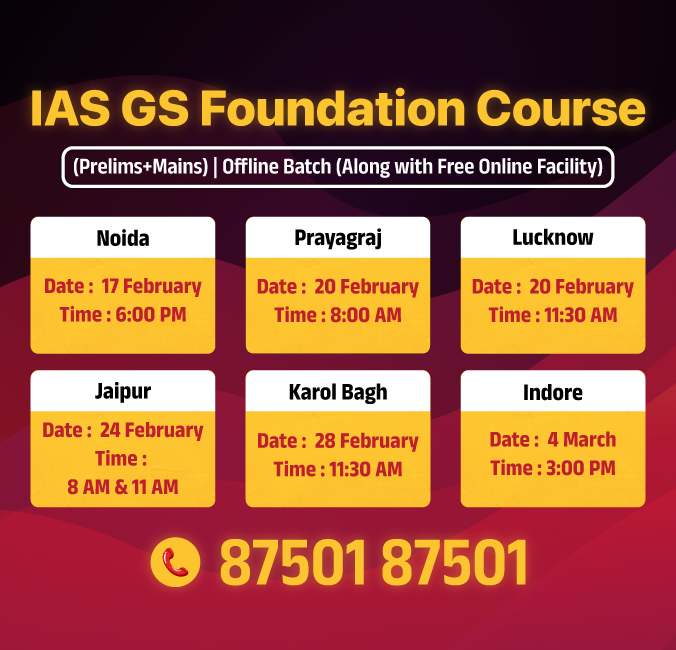
Uttar Pradesh Switch to Hindi
Food Industry Upgradation Scheme
Why in News?
Uttar Pradesh has secured first place in the country in the implementation of Pradhan Mantri Micro Food Processing Enterprises Upgradation Scheme (PMFME).
Key Points
- About the issue:
- The average loan approval time in Uttar Pradesh is 101 days , while in Bihar it is 110 days and in Telangana it is 190 days .
- Uttar Pradesh has recorded a growth of 14 % in loan disbursement .
- Uttar Pradesh has spent Rs 250 crore more than 2024.
- At the same time, an additional amount of Rs 300 crore has been provided for Uttar Pradesh with an increase of 56 % in the budget for the year 2025-26 .
Pradhan Mantri Micro Food Processing Enterprises Upgradation Scheme (PMFME)
- About:
- Launched in 2020 under the Atmanirbhar Abhiyaan , it aims to enhance the competitiveness of existing individual micro enterprises in the unorganised sector of the food processing industry and promote formalisation of the sector and provide support to Farmer Producer Organisations , Self Help Groups and Producer Cooperatives.
- The scheme adopts One District One Product (ODOP) approach to leverage the benefits of scale with respect to procurement of inputs, common services and marketing of products .
- The PMFME Scheme is currently being implemented in 35 States and Union Territories
- It was implemented for a period of five years (2020-21 to 2024-25).
- Nodal Ministry:
- Ministry of Food Processing Industries (MoFPI).



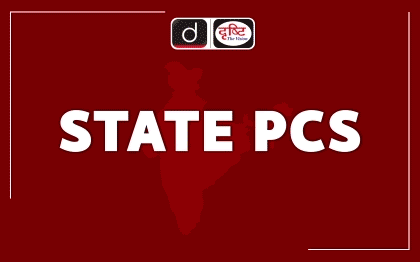


%20MPPCS%202025%20Desktop%20E.jpg)
%20MPPCS%202025%20Mobile%20E%20(1).jpg)

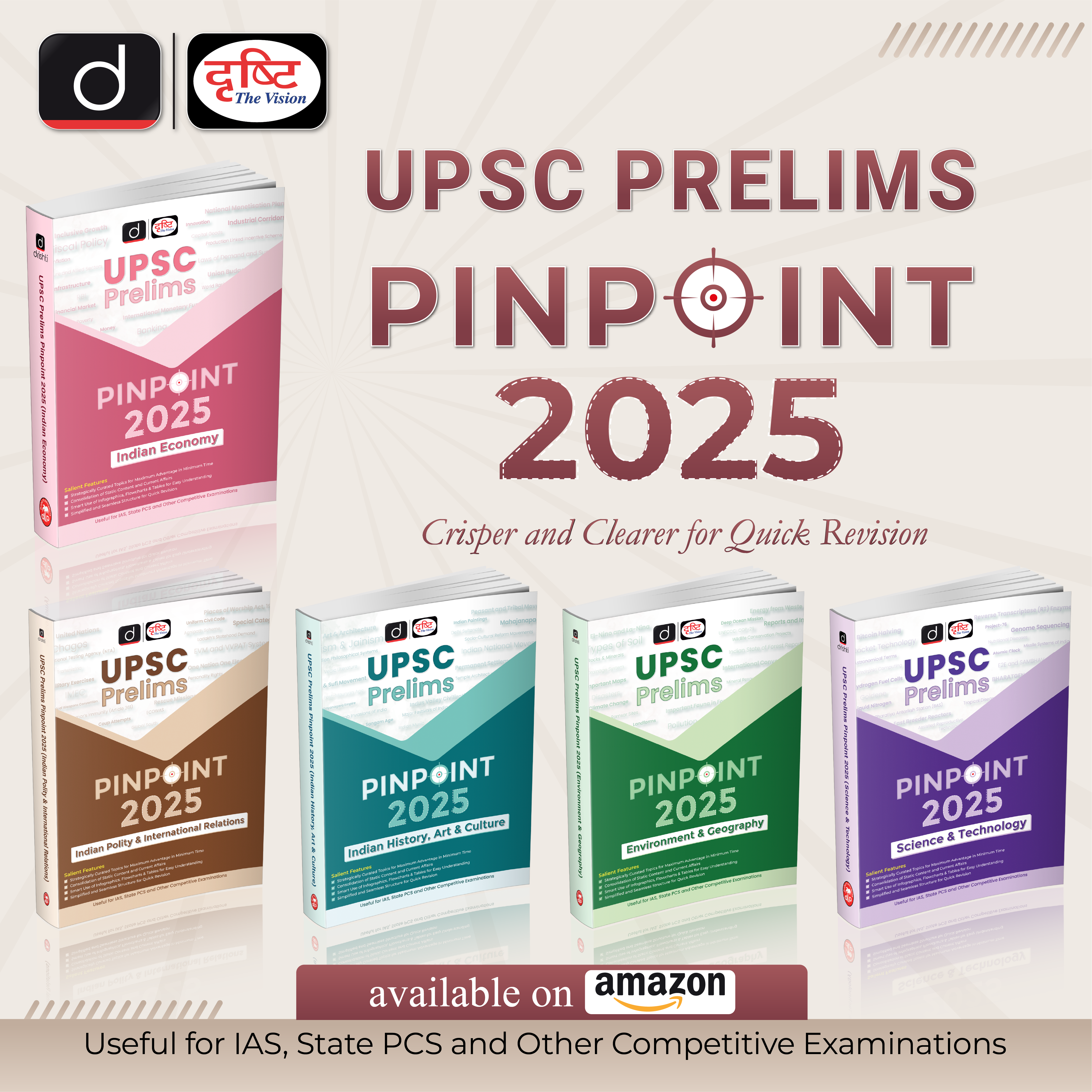







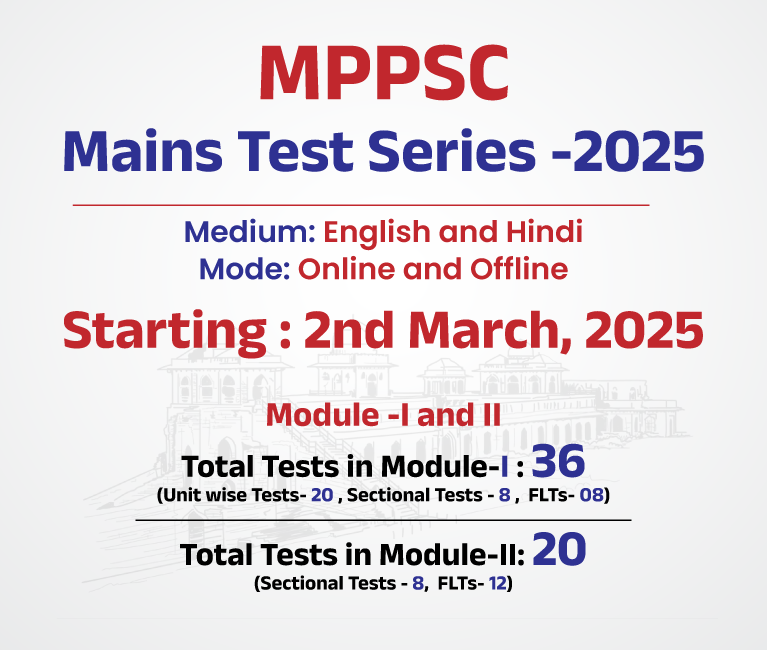
.png)
.png)





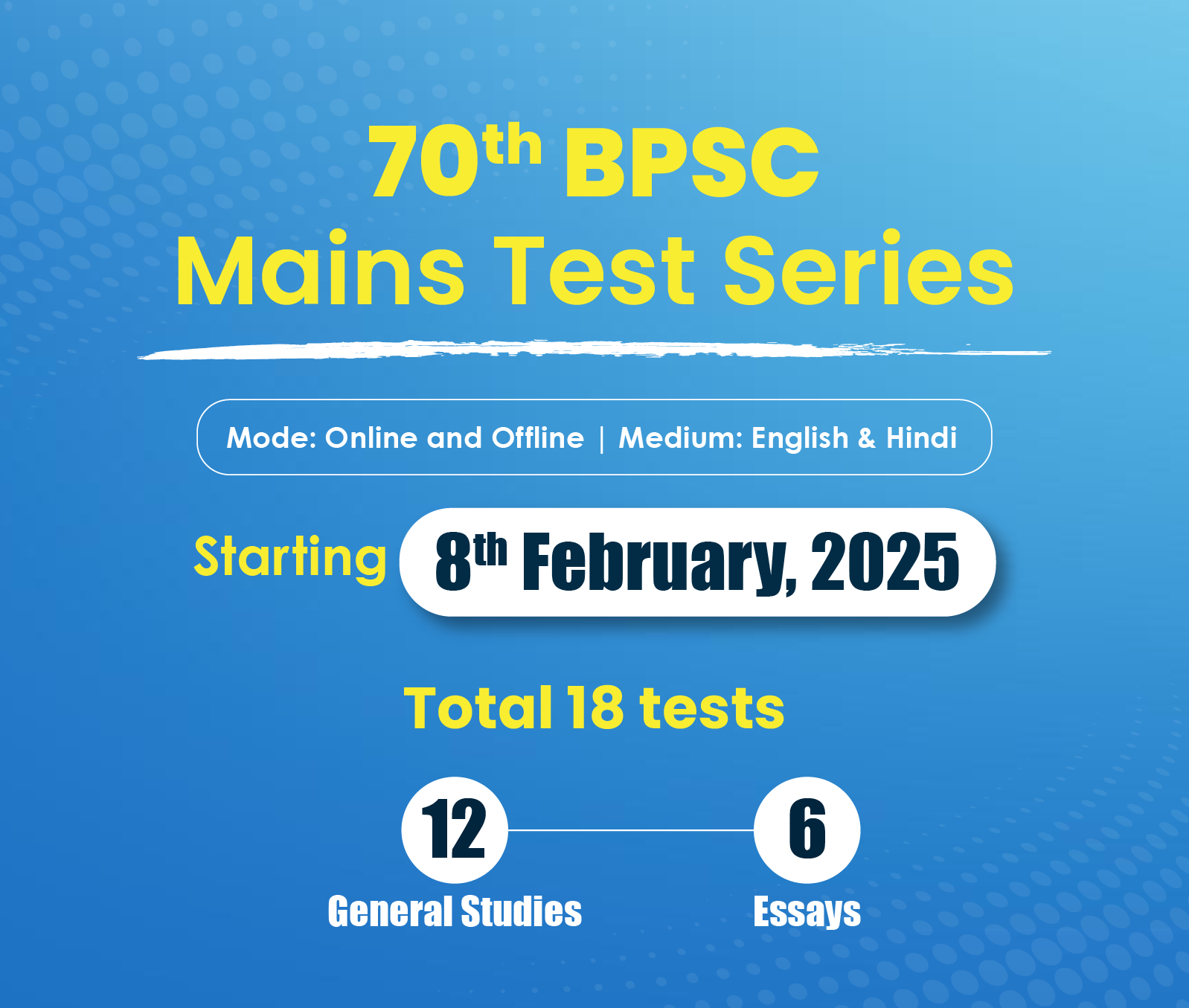





 PCS Parikshan
PCS Parikshan

